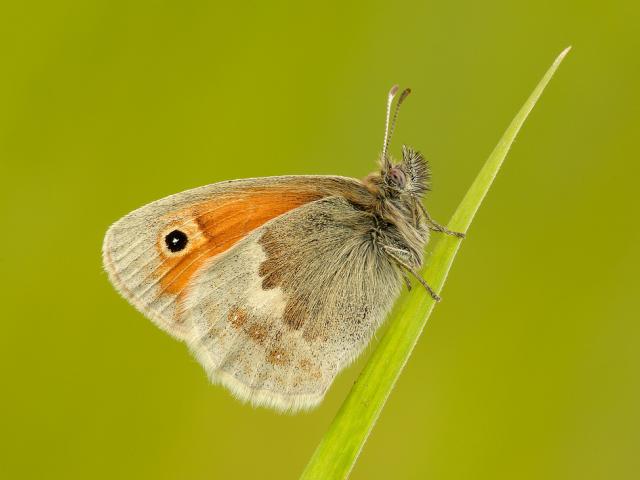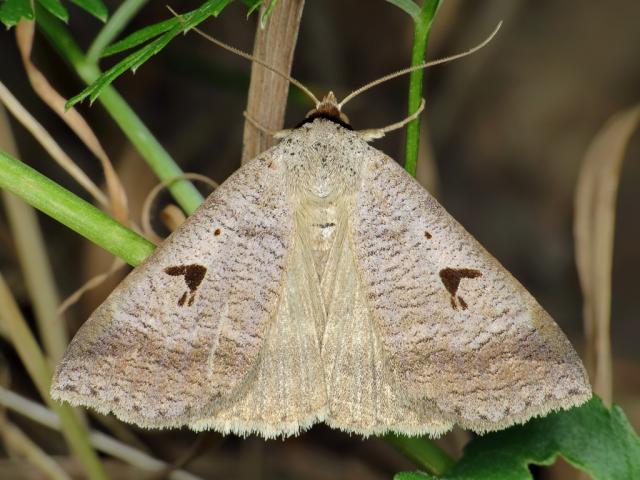This chalk hill-top has stunning views and is a popular walking spot. It is easily accessible from Winchester, and has great populations of downland wildflowers and butterflies.
Features
The reserve is traversed by a bridleway flanked by an ancient hedgerow. Together with a grove of trees to the south and by the reservoir bank, this helps shelter the areas of chalk grassland on this open hilltop.
Crossing the reserve is a modern track; parallel to it runs a series of wide ditches, which are thought to be tracks of medieval origin.
The diverse chalk downland flora includes fragrant, pyramidal, bee and frog orchids, clustered bellflower, bastard toadflax, squinancywort, sainfoin, horseshoe and kidney vetch and hairy violet.
The reserve has recently been extended westwards through leasing the grazing on an adjoining 3.6 ha block of semi-improved grassland, but this does not have open access.
Size: 5.85 hectares (14.4 acres) in total; open access area is approx. 1.5 ha
Directions
Grid Reference: SU 455 265 O.S. Map: Landranger 185.
There are several means of pedestrian access.
- The most direct route to the reserve is from the Olivers battery area of Winchester - walk 500m along the bridleway leading from the Millers Lane / Port Lane Old Kennels Lane junction
- There is no formal car parking here, only the road-side - please use with consideration for local residents
- An alternative route is a track from Sainsbury’s superstore at Badger Farm (SU 464 274), which crosses Badger Farm Road by a bridge and proceeds in a south-westerly direction
- For a longer walk, start in Hurdle Way, Compton and walk along the bridleway
Public transport
Bus service from Winchester Railway Station to Oliver’s Battery.
Site access and safety
Most of the reserve is designated Open Access land and well served by clear open paths and one kissing gate.
Public Rights of Way also cross the site. Please follow the Countryside Code and Open Access rules: Cattle and sheep graze the site during much of the year, so dogs must be on leads in the grazing areas when livestock are present and at all times from 1 March to 31 July to protect ground-nesting birds.
Most ticks are little more than an irritation, but a few can transmit Lyme disease, a rare and potentially serious illness which is treatable with antibiotics if diagnosed early. It is therefore important to be informed and take some simple precautions.
Contact
Fiona Scully
- E: fscully@butterfly-conservation.org


_iain%20leach%203-2.jpg)



